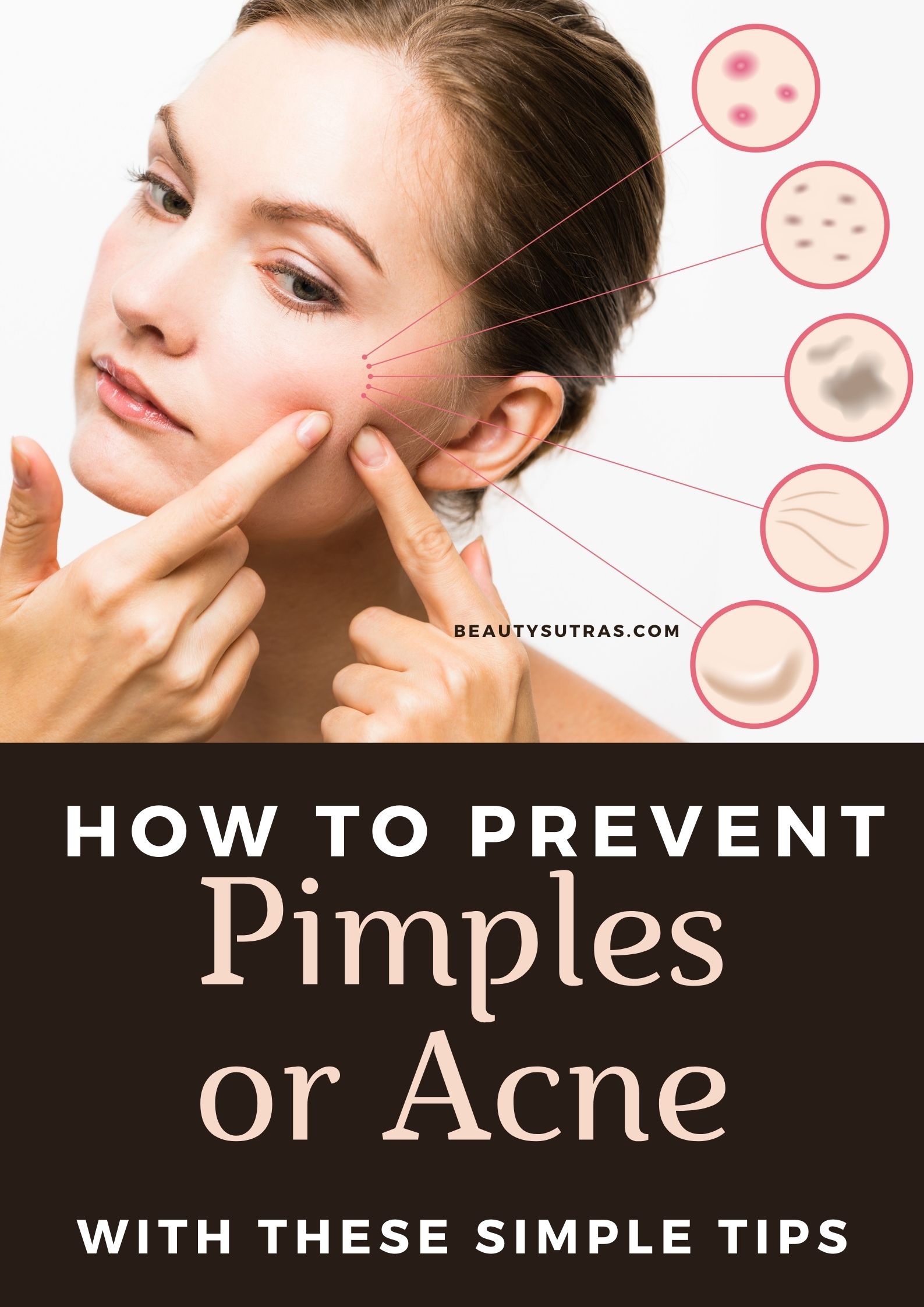Table Of Content

The spot where an individual hair enters your skin is called a follicle. The follicle holds the thin hair in place and is home to oil glands. Stress acne tends to appear on oily parts of the skin, like your forehead, nose, and chin. It may include whiteheads, blackheads, and dilated pores. The skin around the acne may also be red and have an oily sheen. Because they occur deep within the skin, though, you won't see a white head.
What’s Causing the Bumps on My Scalp?
Razor burn usually leads to clusters of tiny, red bumps on the lower face, genitals, and other areas where a person regularly shaves. Many people can treat acne at home with over-the-counter products. Using a face wash with benzoyl peroxide and applying the retinoid adapalene can help clear up acne, according to AAD.
What is the best treatment for pimples?
If you have acne-prone skin, Levine suggests using oil-free and non-comedogenic skincare products, which won’t clog pores. These are small stickers that you apply to your zits that contain hydrocolloid gel, a wound-healing substance, according to the Cleveland Clinic. You can also dab products containing benzoyl peroxide, glycolic acid, or salicylic acid on the spots. Curtiss says these items often help pimples dry up and go away a little more quickly than they would on their own. Sometimes a healthcare professional will drain a boil or carbuncle by making a small incision in the lesion to drain the pus. The aim is to reduce pain and encourage a faster recovery time.
What are pimples on my scalp?
18 Best Hair Products for Acne The Strategist - New York Magazine
18 Best Hair Products for Acne The Strategist.
Posted: Mon, 28 Dec 2020 08:00:00 GMT [source]
Pimples occur when pores, or hair follicles, get clogged. This can occur when dead skin cells, naturally occurring oil that keeps the skin moisturized (sebum), and bacteria enter the pores. The cells cannot exit the pore, which results in acne in a variety of forms.
Infection can occur when these bumps are scratched or combed, leading to pus-filled bumps. Acne cosmetica causes whiteheads and papules (small, flesh-colored bumps) along the hairline, forehead, or back of the head. The two main types of folliculitis are superficial and deep. The superficial type involves part of the follicle, and the deep type involves the entire follicle and is usually more severe.
What Is Scalp Acne? Find Out Causes and Treatment Options - InStyle
What Is Scalp Acne? Find Out Causes and Treatment Options.
Posted: Mon, 13 Dec 2021 08:00:00 GMT [source]
A pimple is a small red growth on the surface of the skin. It’s often due to acne, when skin pores become clogged with oil, bacteria or other substances. The most common cause of folliculitis is a bacterial infection of the deep hair follicle. A healthcare professional will be able to confirm a folliculitis diagnosis and advise on suitable treatment courses.

In other cases, bumps on the scalp may be a sign of cancerous cells, such as squamous cell carcinoma. Bacteria, yeast, or mites can also get into the pores and cause a reaction. Our experts continually monitor the health and wellness space, and we update our articles when new information becomes available. If you note a flare-up after eating a particular food, you may want to consider eliminating it from your diet.
Dissecting cellulitis of the scalp, or Hoffman disease, is where large nodules appear on the scalp. This condition is not due to a bacterial or fungal infection, but secondary infections can develop if a person does not treat these. When you pop a pimple, you might inadvertently push bacteria and debris deeper into your pores, worsening acne. The oil and other gunk could also spread, causing more pimples to appear in other areas, says Dr. Annette LaCasse, a dermatologist in Commerce Township, Mich. When your skin is damp and hot, it’s easier to damage your hair follicles and get an infection.
Pimples on your scalp can be a challenge to your skin care routine. Your healthcare provider will help you manage your scalp acne so you can feel more confident and comfortable. Dr. Gohara also suggests applying a little retinol to your face (seriously, what can’t it do?), which increases your cell turnover so that it sheds itself of the inflammation.
Treatment may include draining the cyst or having it surgically removed. In some more severe cases, your provider may refer you to a dermatologist for additional tests to make sure your folliculitis isn’t another medical condition. This is a test where a small sample of your skin is removed and then taken to a lab where it’s studied. Some hairs are so fine that you may not notice they are there, while others are very prominent. Your hair has a larger purpose than appearance — it acts like an insulator, keeping you warm.
Doctors may recommend different treatments for scalp acne depending on its severity. Your symptoms of scalp acne can be mild, moderate or severe. If you have severe scalp acne, you may experience hair loss or scabbing around the pimples. The primary symptoms are patchy hair loss with inflammation, and pimple-like sores around the area where hair falls out. It usually affects the skin on your scalp, most often on the back of the head. You'll notice irritated spots with sores or pimple-like bumps on them.
Or if you’re dealing with ingrowns elsewhere, you can grab a body scrub for ingrown hair. These products use hydroxy acids (like salicylic acid or glycolic acid) to clear out your pores and remove dead skin cells. According to Joshua Zeichner, MD, a board-certified dermatologist in New York City, the most common cause of so-called “hairy zits” is folliculitis. The skin issue often mimics acne, showing up as small red or white pus-filled bumps.



No comments:
Post a Comment